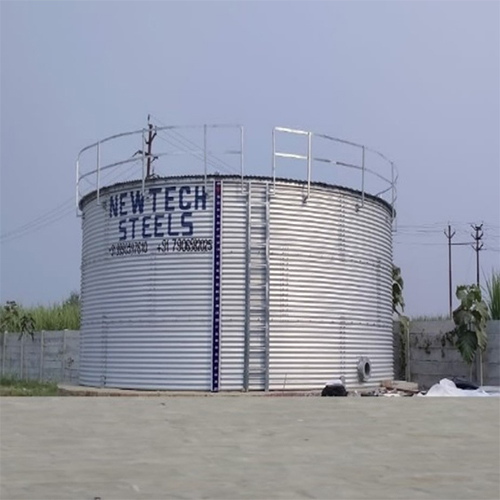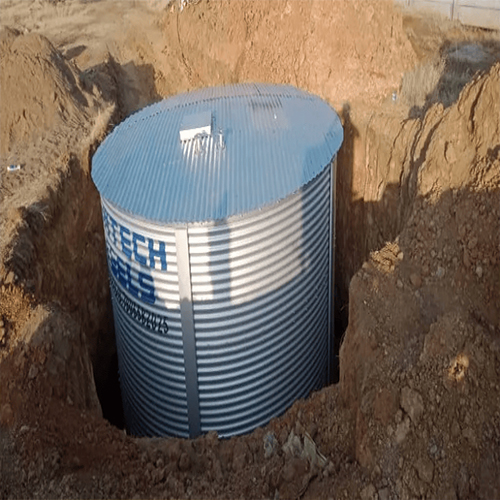Welcome to NewTech Steels, where our commitment to safety and quality extends beyond the manufacturing process. In this blog, we delve into the critical realm of maintenance, offering valuable insights and tips to ensure the peak performance of your fire fighting steel storage tanks. Proper maintenance not only extends the lifespan of these vital assets but also guarantees their readiness in times of emergency.
The Importance of Regular Maintenance
Fire fighting steel storage tanks are a cornerstone of industrial safety, and their reliable performance is non-negotiable. Regular maintenance is the key to keeping these tanks in optimal condition. Here’s why it matters:
- Preventive Measures for Longevity: Discuss the significance of proactive maintenance in preventing corrosion, leaks, and other issues that can compromise the tank’s structural integrity.
- Compliance with Safety Standards: Highlight how adhering to a strict maintenance regimen ensures that your tanks meet or exceed industry safety standards.
Components of Fire Fighting Steel Storage Tanks Maintenance
Now, let’s break down the essential components of effective maintenance:
1. Inspection Protocols
- Routine Visual Inspections: Describe the importance of regular visual inspections to identify visible signs of wear, corrosion, or damage.
- Professional Inspections: Discuss the benefits of hiring qualified inspectors for in-depth assessments of the tank’s condition, including ultrasonic testing and thickness measurements.
2. Coating and Corrosion Control
- Regular Coating Inspections: Emphasize the need for inspecting and repairing the tank’s coating regularly to protect against corrosion.
- Upgrading Coating Systems: Discuss the latest advancements in coating technologies and how upgrading can enhance fire resistance.
3. Structural Integrity Checks
- Checking Welds and Seams: Detail the importance of inspecting welds and seams for any signs of stress or fatigue.
- Addressing Foundation Issues: Provide guidance on maintaining the tank’s foundation to prevent settlement and maintain stability.
4. Mechanical and Electrical Components
- Valve and Pump Inspections: Explain the necessity of regular checks on valves and pumps to ensure they function correctly during fire emergencies.
- Electrical System Maintenance: Discuss the role of electrical systems in fire suppression and how regular checks can prevent malfunctions.
Best Practices for Fire Fighting Steel Storage Tanks Maintenance
- Create a Comprehensive Maintenance Schedule: Provide a template for a maintenance schedule, emphasizing the importance of regularity.
- Invest in Quality Materials: Discuss how using high-quality materials during manufacturing can reduce the frequency of maintenance.
- Employee Training Programs: Highlight the significance of training personnel in proper maintenance procedures and safety protocols.
- Emergency Response Planning: Connect maintenance efforts to the overall emergency response plan, ensuring tanks are ready when needed.
Conclusion:
At NewTech Steels, we understand that the reliability of fire fighting steel storage tanks is paramount. By incorporating these maintenance tips into your routine, you not only safeguard your investment but also contribute to the overall safety of your industrial facility. Remember, maintenance is not just a task—it’s a commitment to excellence and the well-being of your operation.
For inquiries about our fire fighting steel storage tanks or additional maintenance guidance, feel free to contact NewTech Steels. We’re here to help you maintain excellence in safety and performance.



